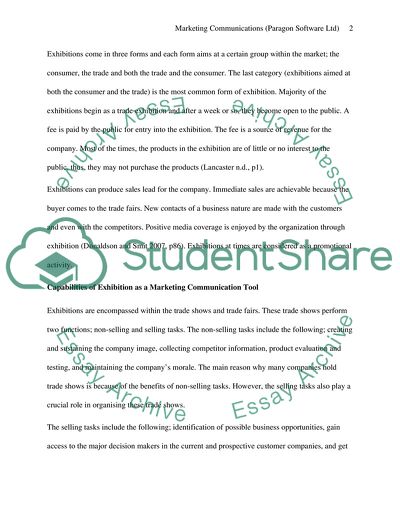Cite this document
(Marketing Communications of Paragon Software Ltd Case Study, n.d.)
Marketing Communications of Paragon Software Ltd Case Study. Retrieved from https://studentshare.org/marketing/1575178-marketing-communications-paragon-software-ltd
Marketing Communications of Paragon Software Ltd Case Study. Retrieved from https://studentshare.org/marketing/1575178-marketing-communications-paragon-software-ltd
(Marketing Communications of Paragon Software Ltd Case Study)
Marketing Communications of Paragon Software Ltd Case Study. https://studentshare.org/marketing/1575178-marketing-communications-paragon-software-ltd.
Marketing Communications of Paragon Software Ltd Case Study. https://studentshare.org/marketing/1575178-marketing-communications-paragon-software-ltd.
“Marketing Communications of Paragon Software Ltd Case Study”, n.d. https://studentshare.org/marketing/1575178-marketing-communications-paragon-software-ltd.


